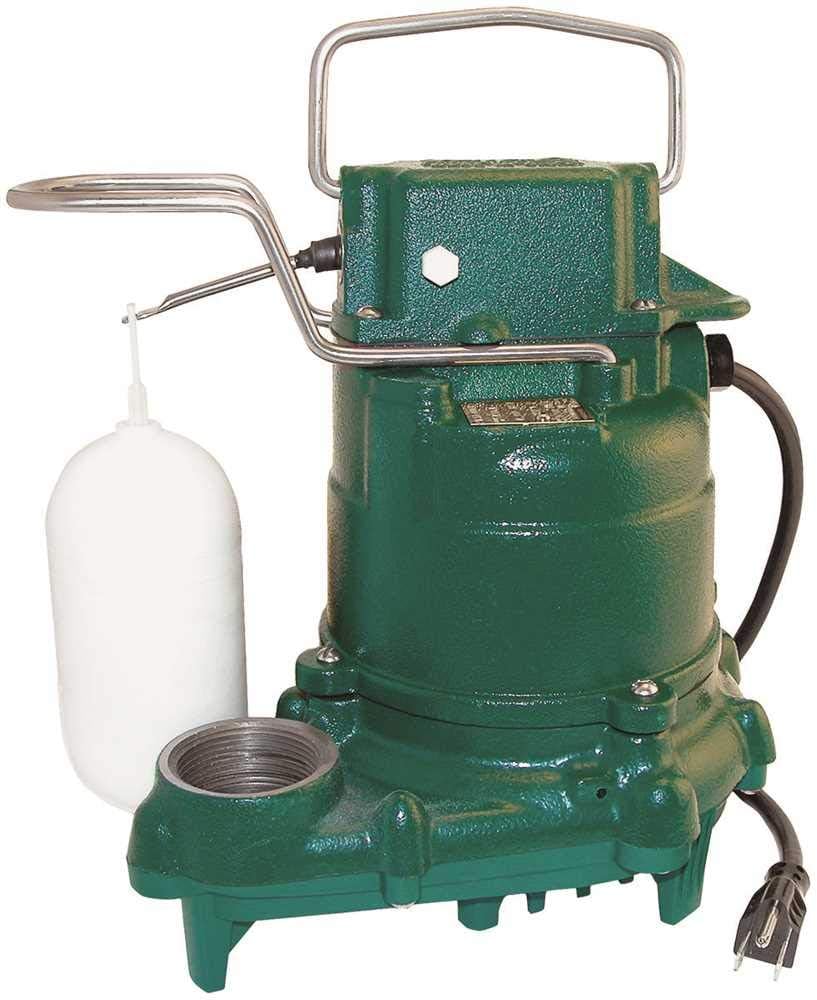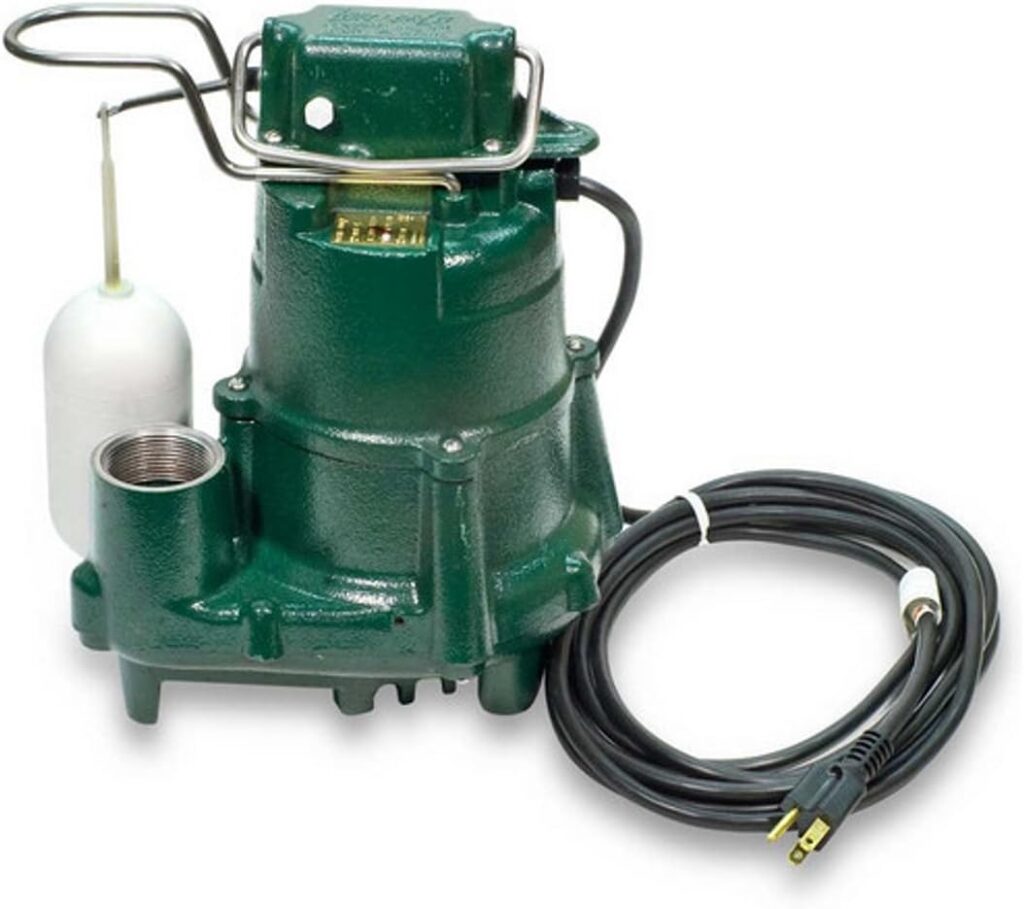Smart appliances have made significant strides in revolutionizing how we prepare food, turning the once-tedious task of cooking into an interactive, efficient, and enjoyable experience. From refrigerators that can order groceries to ovens you can control with your smartphone, the integration of technology into kitchen appliances has streamlined meal preparation and transformed the culinary landscape.
The rise of smart kitchen appliances allows for a more personalized cooking experience. You can now preheat your oven on your way home from work or adjust your slow cooker’s settings from another room. Here’s a closer look at how these innovations are changing the way we cook:
- The Smart Refrigerator: Imagine a refrigerator that not only keeps your food fresh but also helps you plan meals. Smart fridges are equipped with touch screens, interior cameras, and connectivity to mobile apps, enabling you to see what’s inside without opening the door, track expiration dates, and automatically replenish your pantry by ordering groceries online when supplies run low.
- Smart Ovens and Stovetops: These appliances offer unparalleled convenience and precision. With a smart oven, you can preheat, adjust temperatures, set timers, and even turn the oven off from your smartphone or voice-controlled device. Some models come with built-in cameras and artificial intelligence that can identify the type of food and suggest the best way to cook it. Stovetops can maintain exact temperatures for perfect simmering or searing without you having to stand by the pot.
- Internet-Connected Cookware: Pots and pans are also getting smarter. Bluetooth-enabled cookware can monitor the temperature of the contents and communicate with a recipe app to guide you step-by-step, ensuring perfect results every time. These pieces can dramatically reduce the margin of error, especially for novice cooks or those attempting complex recipes.
- Smart Small Appliances: This category includes devices like the smart slow cooker, sous vide machine, or toaster oven. They often work with apps that control their functions, suggest recipes, or help you monitor the cooking process. Want a cup of coffee ready when you wake up? Program your smart coffee maker from your phone before you go to bed.
- Kitchen Assistants and AI Integrations: Virtual assistants like Amazon’s Alexa or Google Assistant are being integrated into many kitchen appliances. They provide voice control for a hands-free cooking experience and can help you with tasks like converting measurements, setting multiple timers, or reading out your favorite recipes as you cook.
- Food Safety and Storage: Smart storage systems help ensure that food is kept at optimal temperatures and conditions. You can track what’s in your pantry or fridge with smart labels or containers that alert you when your food is about to expire, reducing waste and ensuring freshness.
- Ease and Accessibility: For people with disabilities or mobility issues, smart kitchen appliances offer an additional layer of accessibility. Voice commands and app controls allow everyone to engage in the cooking process without the need for physical manipulation of knobs or buttons.
- Learning and Adaptation: One of the most exciting aspects of smart cooking technology is its capacity to learn and adapt to your preferences. Some appliances suggest recipes based on your past cooking history or dietary restrictions and can learn from inputs to improve over time.
While smart appliances promise an enhanced and more efficient cooking experience, it is essential to balance the lure of technology with the joy of hands-on cooking. For the technology-savvy gourmets, smart kitchen appliances can indeed be a game-changer, offering new ways to engage with the process of meal prep that are both innovative and intuitive.

